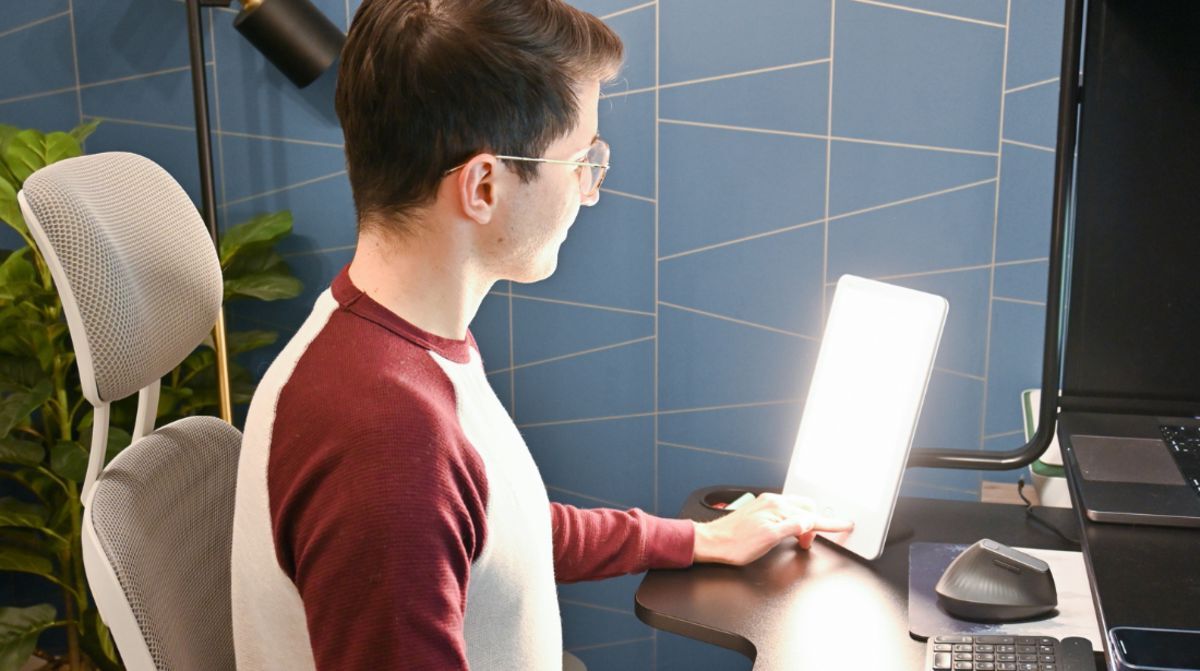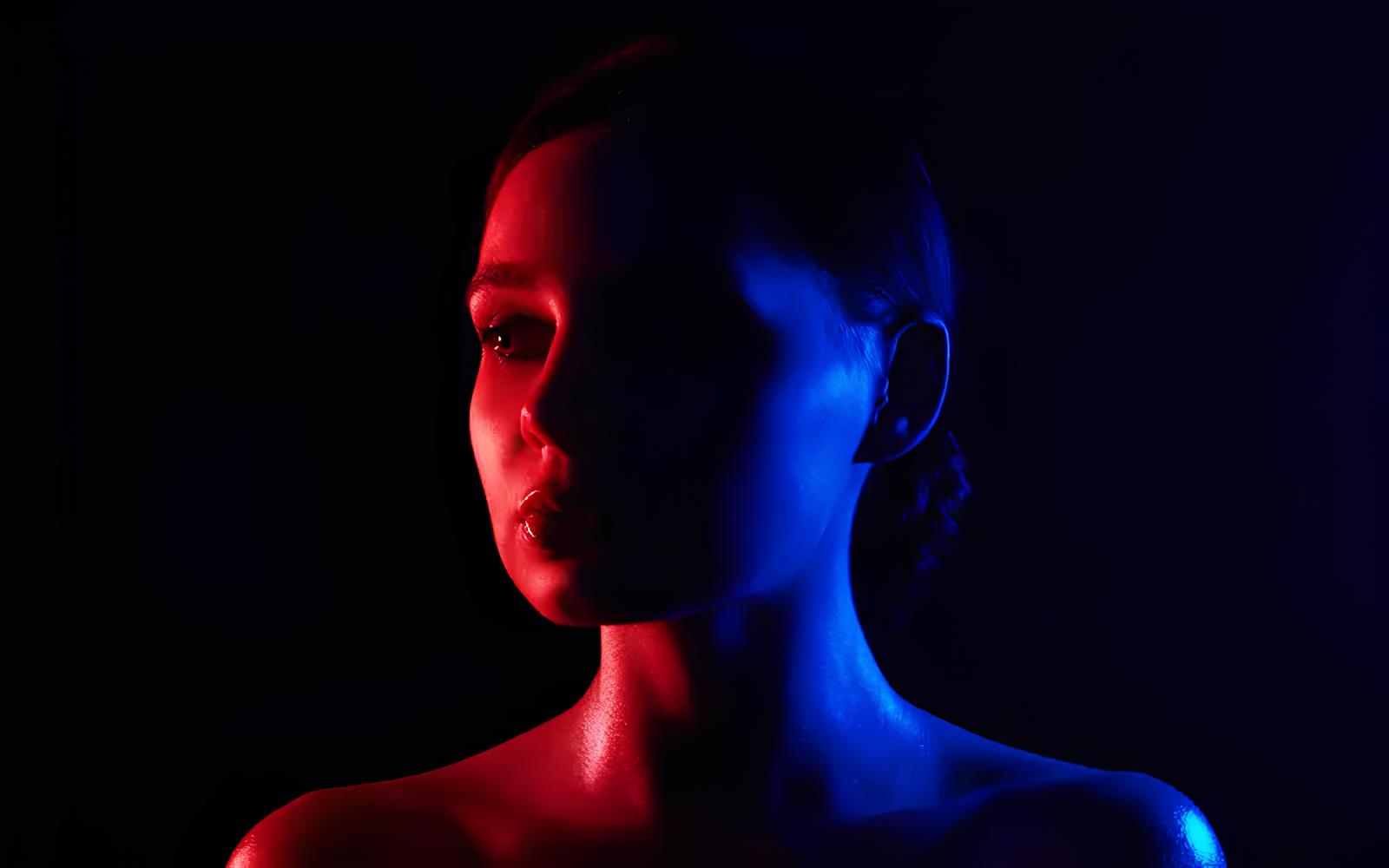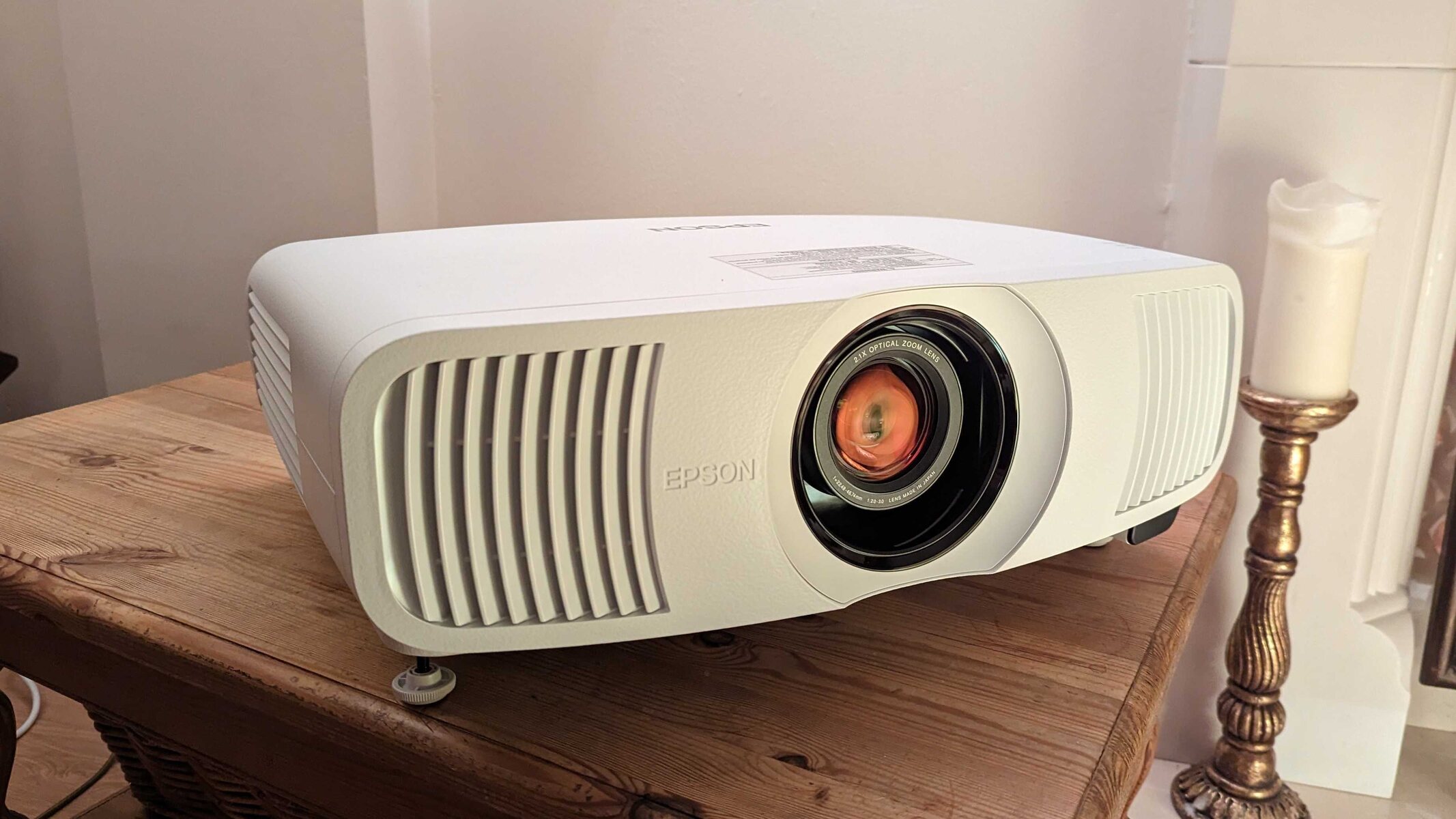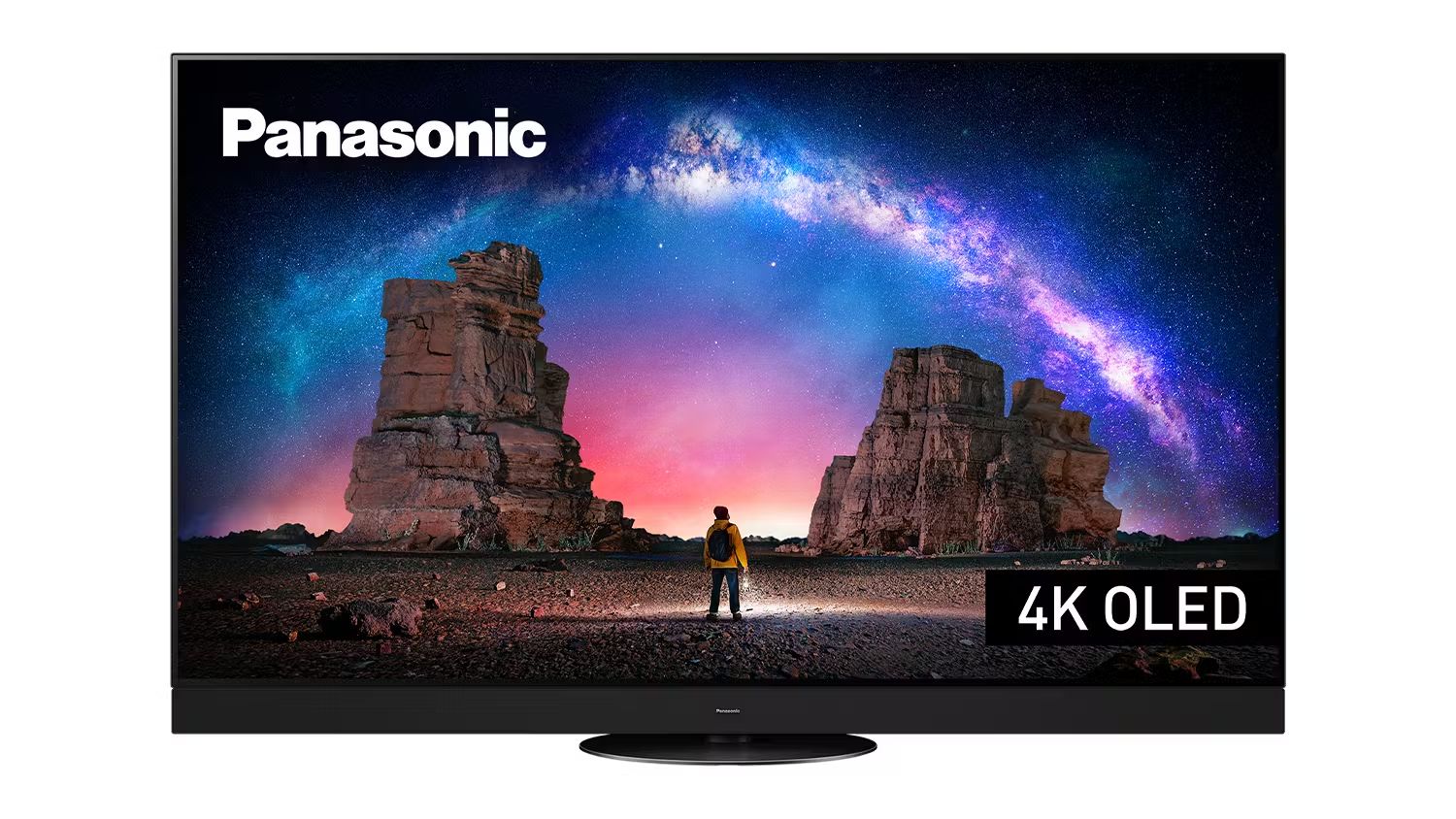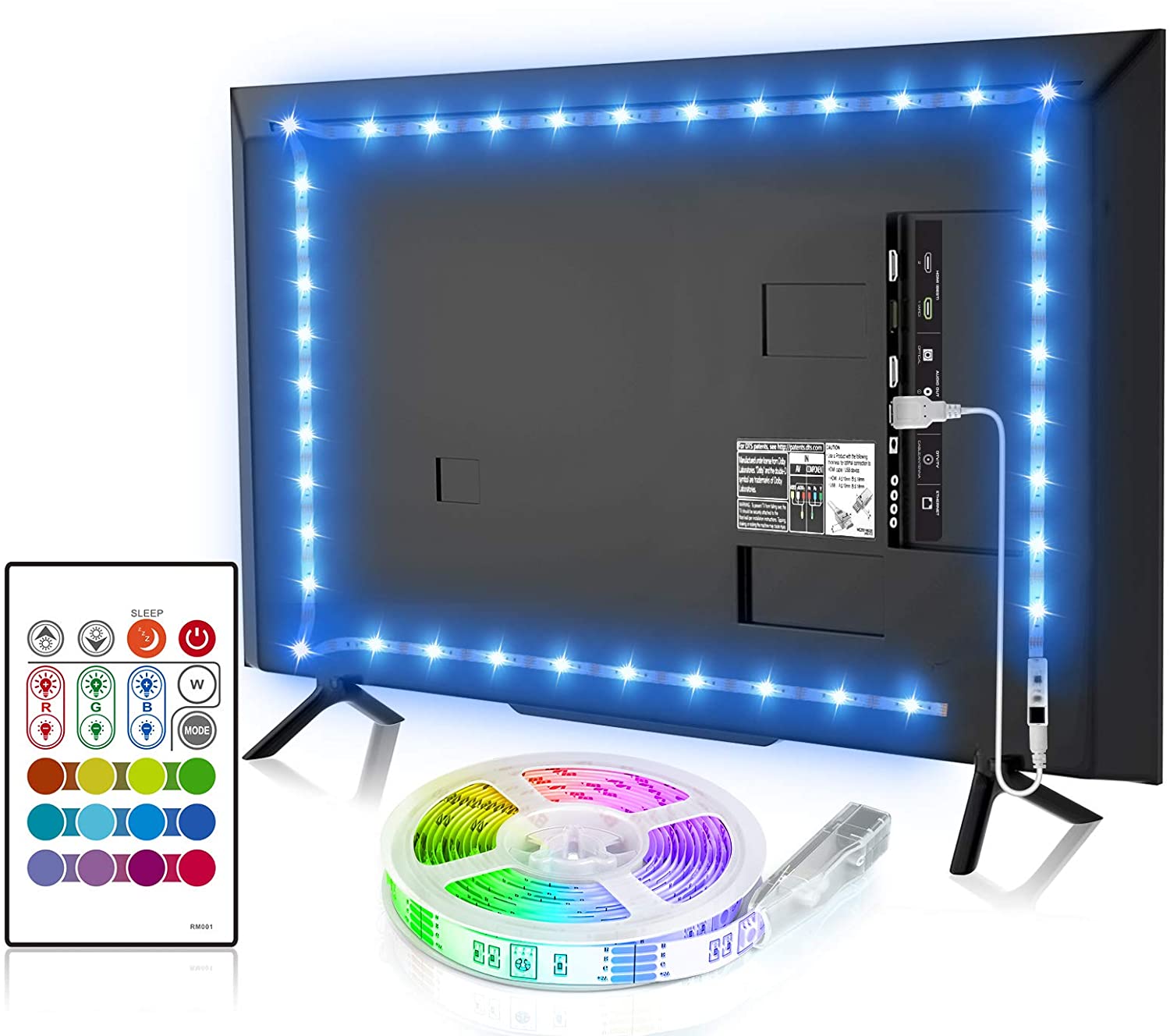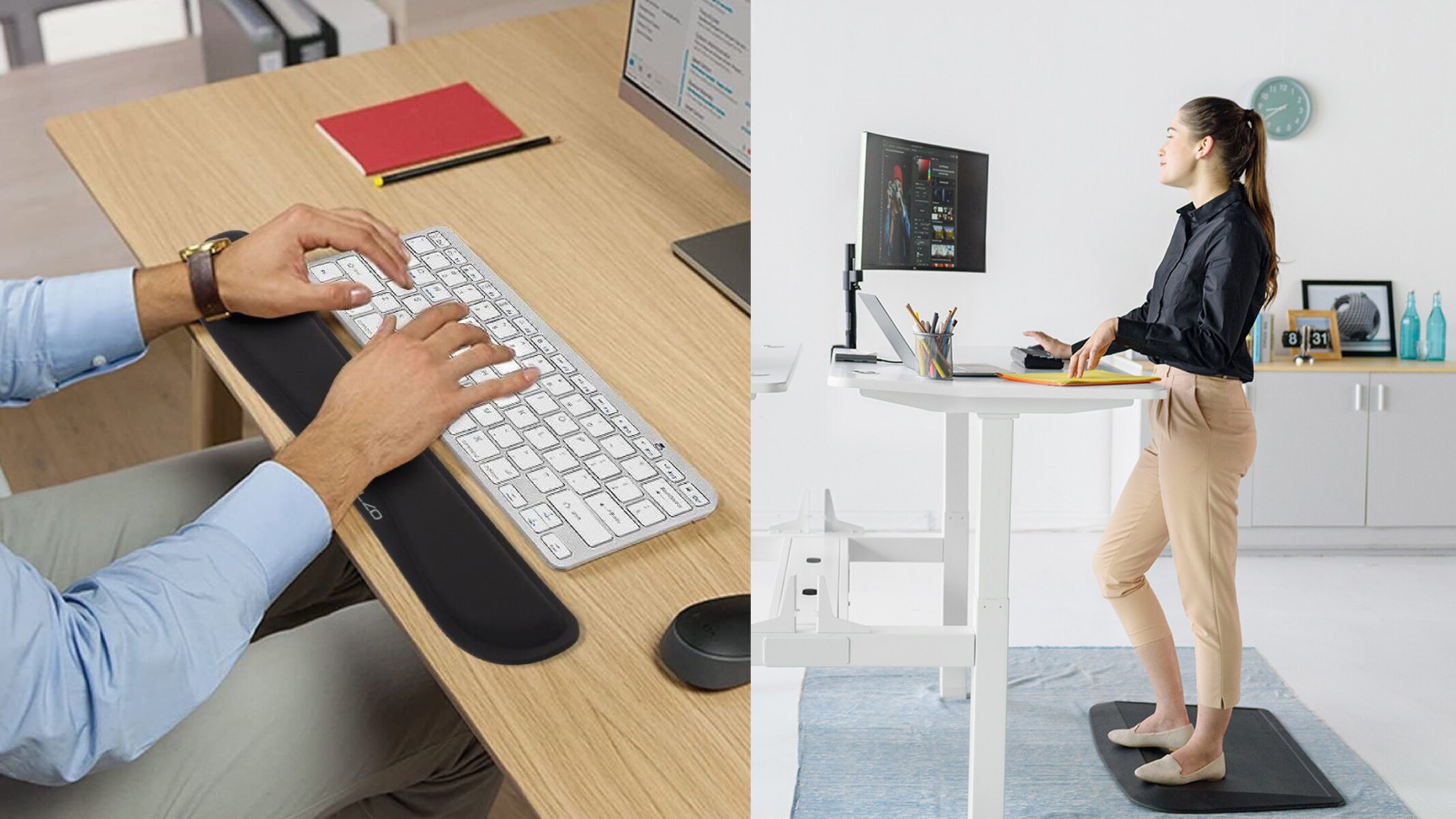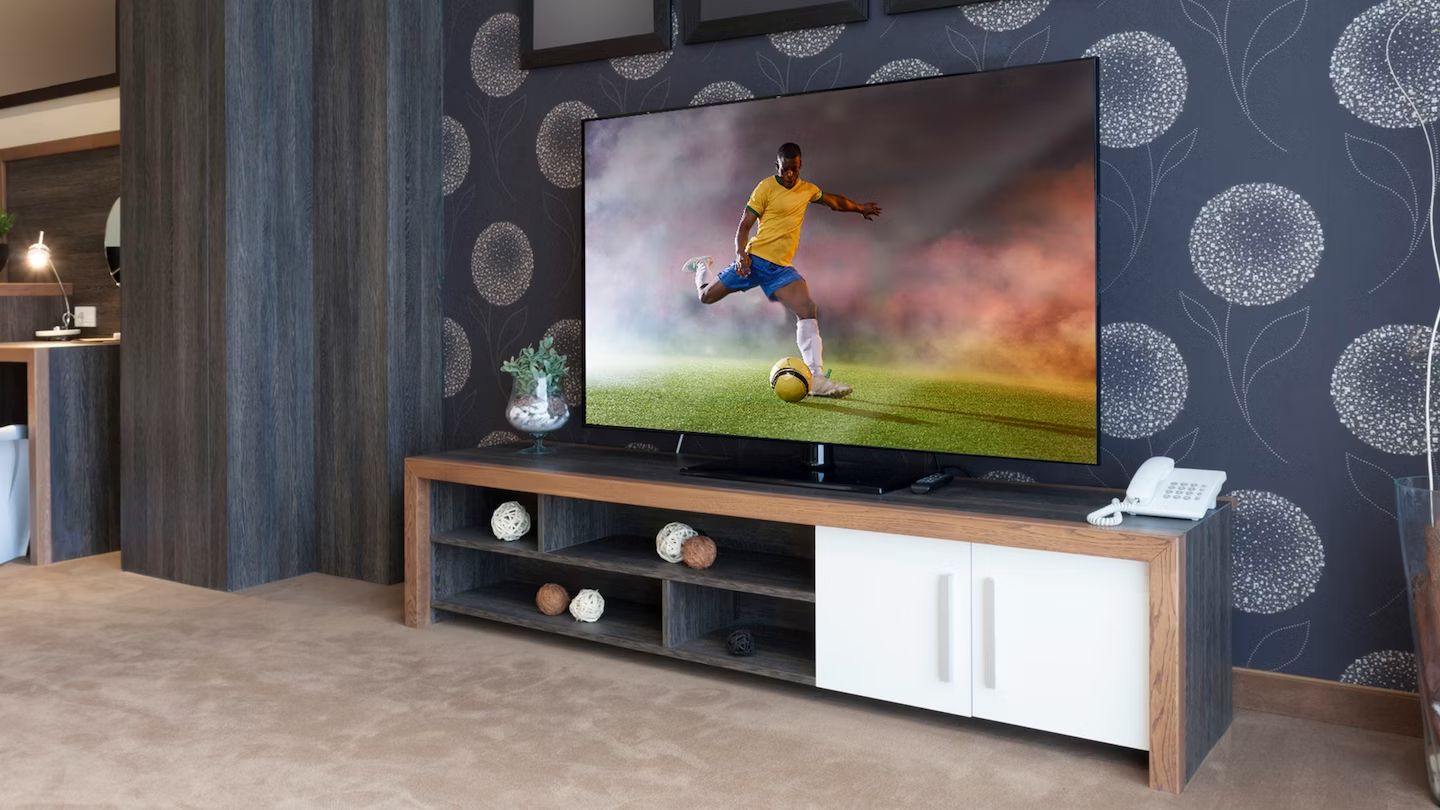As humans spend increasing amounts of time indoors, we lose access to the sun’s natural benefits. Recognition of season affective disorder has grown accordingly. While the actual occurrence of the condition is low (around 5% — or 10 million or so Americans), it’s led to increasing awareness of the sun’s impact on the production of serotonin in the brain – and its resulting impact on the human body.
Key Takeaway
Near-infrared light therapy lamps are gaining attention as a potential alternative to traditional light therapy for improving mood and overall well-being, with new desktop lamp designs showcasing the potential for integrating this technology into everyday devices.
The Rise of Light Therapy Lamps
Light therapy lamps have become increasingly popular as a result. These products rely on the visible light spectrum, in a bid to mimic the sun’s impact for those of us who spend more of our waking hours in front of a computer than we care to mention. More recently, use of the “near-infrared” (NIR) segment of the light spectrum has been growing in popularity as a potential alternative to visible light.
The Potential of Near-Infrared Light
As the name implies, the segment sits between infrared and visible light, at around 600 and 1000 nanometers. According to the National Institute of Health, “low-level light therapy in the far-red (FR) to near-infrared (NIR) range of the spectrum, collectively termed photobiomodulation (PBM), has gained worldwide attention in recent years as a novel tool for experimental therapeutic applications in a variety of medical conditions.”
New Desktop Lamps Showcased at MWC
This weekend at MWC, a Dutch company called Seaborough showcased small devices designed to replace large SAD lamps. One sits next to the computer and the other clips above display, looking a lot like an external webcam. Both plug into the USB port for power. Unfortunately, the devices are proof of concept. The company is currently looking for partnerships to license the tech.
Potential Impact and Future Possibilities
Seaborough would eventually like to build near-infrared light technology into laptops themselves, though third party accessories seem far more likely. As someone who’s battled a good bit of depression over the last few years, the potential impact of this technology is intriguing. Some research has been conducted on the matter, showing consistent positive benefits on well-being and health, specifically improving mood, reducing drowsiness, reducing IFN-?, and resting heart rate.







